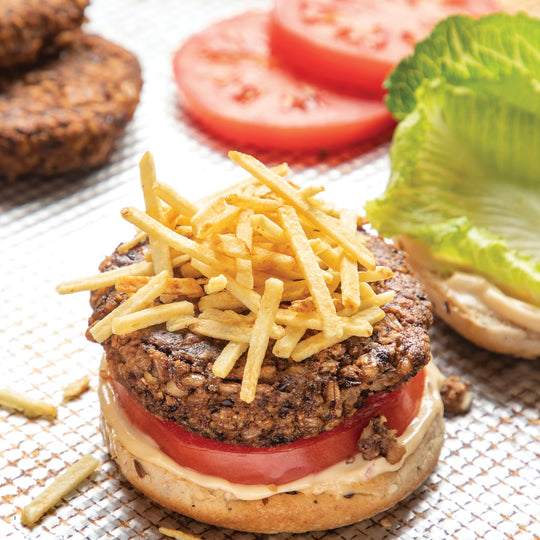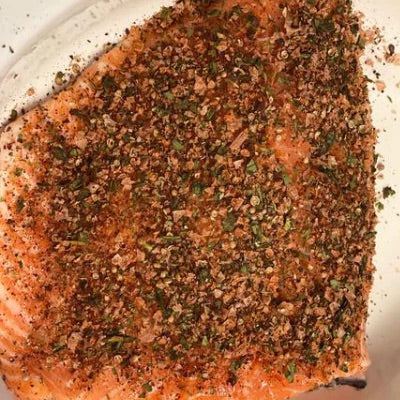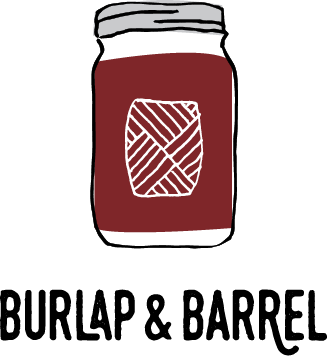Our rich, sweet Smoked Pimentón Paprika comes from a protected region in Western Spain, where sweet red peppers have been grown and smoked for centuries. Fresh peppers are slowly dried over oak coals, which imbue them with a rich, smoky flavor that imparts a savory depth and gorgeous color. Use it to add depth and complexity to pasta sauce or chili, use it as a rub for grilled or roasted meats, or sprinkle it over sauteed veggies.
This paprika comes from the Extremadura region, famous for pimentón de la vera, which has a Designation of Protected Origin status from the European Union.
Restaurateur Alissa Wagner told NY Mag it's her favorite paprika.
Highlights
Ingredients
Pimentón de la vera DOP (Capsicum annuum)
Cooking tips


- Sprinkle over popcorn for a savory, smoky bite
- Mix with salt, ground cumin and coriander for a meat seasoning or dry rub
- Add to your favorite classic Spanish paella recipe
RECIPES
-
 Aash / Noodles with Meat Sauce and Yogurt
Aash / Noodles with Meat Sauce and Yogurt -
 Roasted Harissa Carrots With Carrot-Top Pesto and Avocado
Roasted Harissa Carrots With Carrot-Top Pesto and Avocado -
 How to Build a Damn Fine Veggie Burger
How to Build a Damn Fine Veggie Burger -
 Grilled Chicken Marinated in Yogurt
Grilled Chicken Marinated in Yogurt -
 Shark-shuka
Shark-shuka -
 Spiced Flour Tortilla
Spiced Flour Tortilla -
 Alabama White Sauce BBQ
Alabama White Sauce BBQ -
 Charred Cucumber Gazpacho
Charred Cucumber Gazpacho -
 Sea Bass with Hot Paprika Vinaigrette
Sea Bass with Hot Paprika Vinaigrette -
 Toasted Onion Compound Butter
Toasted Onion Compound Butter -
 Spiced Leg of Lamb with Nutty Israeli Couscous
Spiced Leg of Lamb with Nutty Israeli Couscous -
 Vegetable Paella
Vegetable Paella -
 Rosemary Onion Mac and Cheese
Rosemary Onion Mac and Cheese -
 Cabbage with Dried Beans, Creative Style
Cabbage with Dried Beans, Creative Style -
 Smoky Confit'd Beans with Olives
Smoky Confit'd Beans with Olives -
 Seared Spice-Crusted Fish & Spicy Pineapple Salsa
Seared Spice-Crusted Fish & Spicy Pineapple Salsa -
 Qabuli Pilau/Spiced Rice
Qabuli Pilau/Spiced Rice -
 Salmon Dry Rub
Salmon Dry Rub -
 Easy, Creamy Vegan Salad Dressing
Easy, Creamy Vegan Salad Dressing
SOURCING

Paprika. What are the two best-known countries that produce it? Spain and Hungary, right? Well, paprika, and all peppers for that matter, are actually relatively new to Europe.
Christopher Columbus brought peppers back to Spain from the New World just a few hundred years ago. In Spain, the seeds were distributed to the monasteries, which planted the peppers and taught their communities how to farm them. Centuries later, the Extremadura region in Western Spain has a protected designation of origin for their world-famous smoked paprika, so we flew to Extremadura to see the harvest for ourselves.
The paprika season starts in February, when farmers plant young paprika seedlings in long rows. By September, the plants are chock-full of firetruck-red peppers that resemble a witch's fingers. That's when they get picked and brought over to the two-story smokehouses located on each farm.
The lower level of the smokehouse is an oak-wood fire that burns for 24 hours a day. The peppers are loaded into the upper level, where they spend two weeks getting smoked over the gentle heat. Every day or two, the farmers use shovels to turn the peppers over so they dry out evenly and completely. The farmers know the peppers are completely dry by the crunch the peppers make when they're turned over.
The smell of the smokehouses wafts over fields of tobacco, the other major crop grown in Extramadura's fertile soil, filling the air with a fragrance reminiscent of a cigar bar filled with leather books... in the best way possible.



































